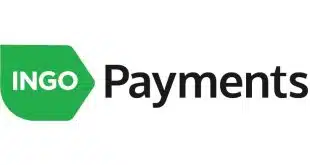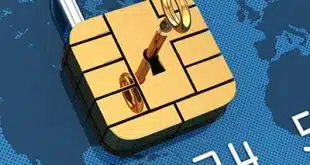The money-transfer business just got a bit more competitive. Wells Fargo & Co. on Wednesday said it has added an online feature to its ExpressSend service, enabling customers to send money to seven countries from their computer keyboards at any time. “It's in response to our customers' wants,” Steve Clark, vice president and product development manager for global remittance services at Wells Fargo, tells Digital Transactions News. “There is definitely a segment that is very tech-savvy.” Wells isn't the only bank that offers wire-transfer services that compete with established specialists such as The Western Union Co., MoneyGram International Inc., Global Payments Inc.'s DolEx Dollar Express, or countless small firms. Rivals Citigroup Inc., JPMorgan Chase & Co., and Bank of America Corp. also do, and probably some other ones too, especially if their trade areas include large immigrant populations, notes Aite Group LLC senior analyst Ron Shevlin. But not all of those banks have an online feature (Citi and Chase do), and Wells more than most banks is promoting its wire-transfer service as a competitive differentiator. Wells Fargo first entered the money-transfer business in 1994 with a service to the Philippines. Transfers to Mexico started in 1995. The San Francisco-based bank started ExpressSend two years ago to serve seven top money-transfer corridors from the U.S., according to Clark: Mexico, El Salvador, Guatemala, the Philippines, China, Vietnam, and India. Clark won't reveal transaction volumes. ExpressSend recipients in those countries pick up money at various banks working with Wells. Customers wishing to use ExpressSend must first enroll at a Wells Fargo branch, or store as the bank calls them, to register recipients and provide other details. After that, a customer can use the Internet service simply by logging on to Well Fargo's online-banking site with his or her user name and password. ExpressSend's online fees are in line with in-branch and phone-based pricing and start at $5, according to Clark. But pricing drops depending on how many relationships the sender has with the bank; in some cases it can be free. “I think what puts us ahead … is our customers' relationship,” he says. Other features of the Web service include always-on availability, e-mail notification, and a detailed “alert” in an online session. Customers also can see all of their open ExpressSend service agreements and up to 18 months of remittance history. The online service allows customers to send money to another bank account or for the recipient to receive cash. Those wishing to send cash must visit a branch. Analyst Shevlin says Wells's pricing is competitive with the major wire-transfer services. “There is a lot of benefit there for the consumer; [pricing] has got to be less than what these neighborhood mom-and-pop places charge,” he says. Wells Fargo's policy of in-person registration also reduces fraud risk, according to Shevlin. And senders wiring money from bank accounts are less likely than senders using credit cards?a sizable share of the money-transfer customer base-?to face hassles, he notes. Fraud-prevention controls built into credit card authorization systems often flag international transactions, especially if the monetary value is large. Perceived risks involving the business where the recipient will pick up the money also affect the probability of a refused authorization. “If it's another mom-and-pop at the other end of the spectrum, it's likely to kick off a fraudulent flag as well,” Shevlin says.
Check Also
QorPay Adds Services From Visa’s Cybersource to Its Payments Menu
QorPay Inc. reported Thursday that it has integrated its payment technology with Visa Inc.’s Cybersource …




